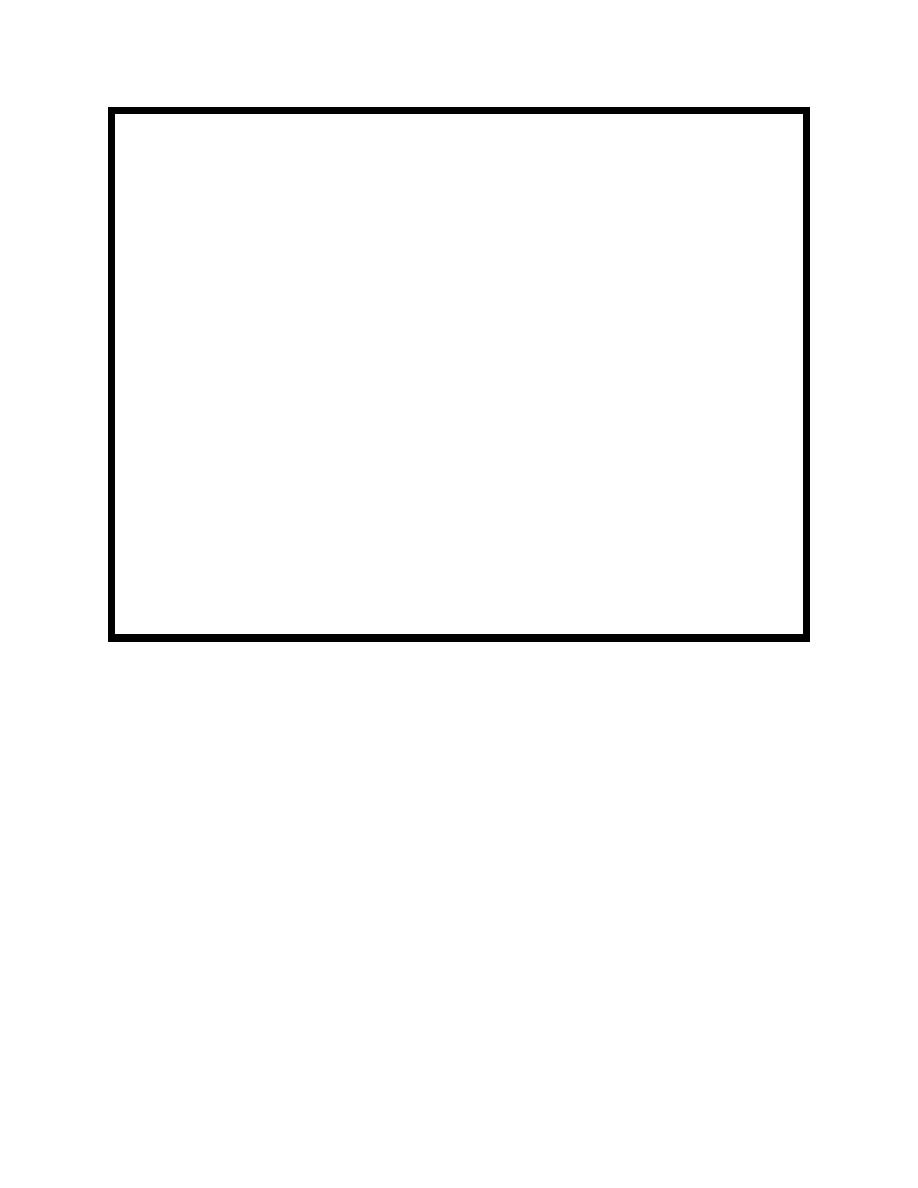
EM 1110-2-1100 (Part II)
31 July 2003
EXAMPLE PROBLEM II-4-3
FIND:
Maximum and significant runup.
GIVEN:
A plane beach having a 1 on 80 slope, and normally incident waves with deepwater height of 4.0
m and period of 9 sec.
SOLUTION:
Calculation of runup requires determining deepwater wavelength
Lo = g T2/(2π) = 9.81 (92)/(2π) = 126 m
and, from Equation II-4-1, the surf similarity parameter
ξo = tan β (Ho/Lo)-1/2 = (1/80) (4.0/126.)-1/2 = 0.070
Maximum runup is calculated from Equation II-4-28
Rmax = 2.32 Ho ξo0.77 = 2.32 (4.0)(0.070)0.77 = 1.2 m
Significant runup is calculated from Equation II-4-31
R1/3 = 1.38 Ho ξo0.70 = 1.38 (4.0)(0.070)0.70 = 0.86 m
Maximum runup is 1.2 m and significant runup is 0.86 m.
II-4-5. Infragravity Waves
a. Long wave motions with periods of 30 sec to several minutes often contribute a substantial portion
of the surf zone energy. These motions are termed infragravity waves. Swash at wind wave frequencies
(period of 1-20 sec) dominates on reflective beaches (steep beach slopes, typically with plunging or surging
breakers), and infragravity frequency swash dominates on dissipative beaches (gentle beach slopes, typically
with spilling breakers) (see Wright and Short (1984) for description of dissipative versus reflective beach
types).
b. Infragravity waves fall into three categories: a) bounded long waves, b) edge waves, and c) leaky
waves. Bounded long waves are generated by gradients in radiation stress found in wave groups, causing a
lowering of the mean water level under high waves and a raising under low waves (Longuet-Higgins and
Stewart 1962). The bounded wave travels at the group speed of the wind waves, hence is bound to the wave
group. Edge waves are freely propagating long waves which reflect from the shoreline and are trapped along
shore by refraction. Long waves may be progressive or stand along the shore. Edge waves travel alongshore
with an antinode at the shoreline, and the amplitude decays exponentially offshore. Leaky waves are also
freely propagating long waves or standing waves, but they reflect from the shoreline to deep water and are
not trapped by the bathymetry. Proposed generation mechanisms for the freely propagating long waves
include time-varying break point of groupy waves (Symonds, Huntley, and Bowen 1982), release of bounded
waves through wave breaking (Longuet-Higgins and Stewart 1964), and nonlinear wave-wave interactions
(Gallagher 1971).
Surf Zone Hydrodynamics
II-4-19


 Previous Page
Previous Page
